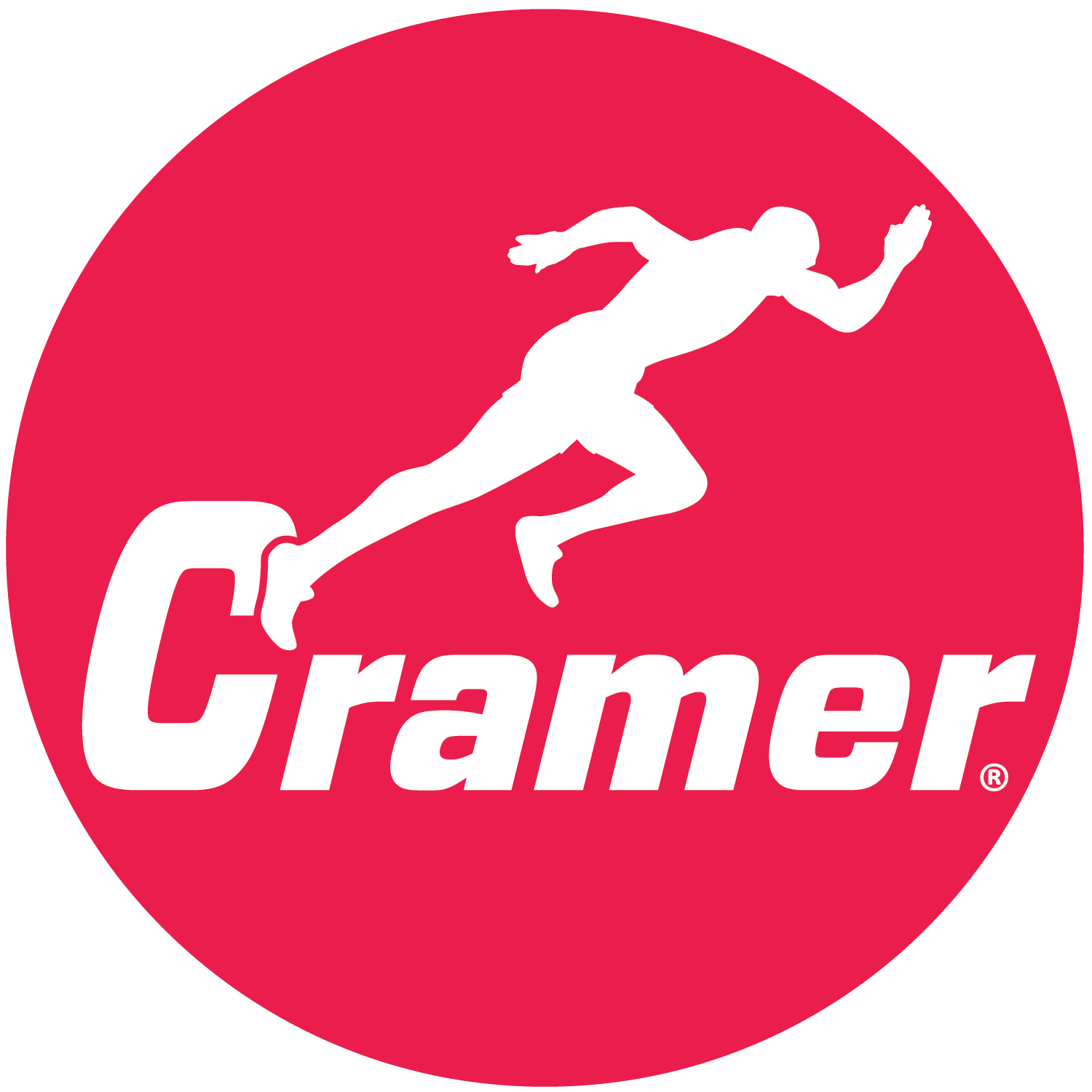
Benny Vaughn is a licensed massage therapist and ATC, and owner of Benny Vaughn Athletic Therapy Center in Fort Worth, TX. He grew up in Georgia, and attended the University of Florida on an athletic scholarship to run track. Benny became intrigued by the concept of massage therapy for athletes in 1972, after reading an article in Track and Field News that described the use of massage therapy in Europe to help runners with recovery and performance. He enrolled in a 10-month training program at the American Institute of Massage in Gainesville, Florida (now called the Florida School of Massage), and then completed a one-year apprenticeship. Read More
The NATA has published an inter-association task force consensus statement, “Recommendations for Developing a Plan to Recognize and Refer Student Athletes with Psychological Concerns at the Secondary School Level.” According to Tim Neal, ATC, chair of the task force that developed the recommendations, the purpose of this statement is to raise awareness and provide education for the high school athletic trainer, coach, administrator, guidance counselor and parent on the prevalence of mental health issues in secondary school athletes. Read More
Last month, the Women’s Sports Foundation (WSF), and national partner espnW--a media platform for women who love sports--announced the 2015 grantees for its Sports 4 Life initiative. Sports 4 Life is a national effort to increase the participation and retention of African-American and Hispanic girls in youth sports programs. WSF, the leading authority on the participation of women and girls in sports, has awarded $110,000 in funding to 22 grantees to serve more than 6,800 middle and high school girls across the nation. Read More
From the March 2, 1956 issue:
COMMENTS on the Training Program, by Frank Cramer
If I were employed as a trainer, I would keep a simple but “complete record” of the original physical examination of every player in every sport. The purpose of this “complete record” is to define, in detail, any injury, or deviation from normal which may have been found at the time the boys started participation in athletics. This record may never be needed or used, but it will be of immediate benefit as a guide toward corrective therapy. Read More
When it comes to hydration systems, we know your standards are high—after all, there’s nothing more important than keeping athletes hydrated. So when we set out to design a new hydration system, we set the bar high— very high. And now, we’re very pleased to introduce the Powerflo Pro—a hydration system that sets new standards in durability, mobility, and convenience. Read More
